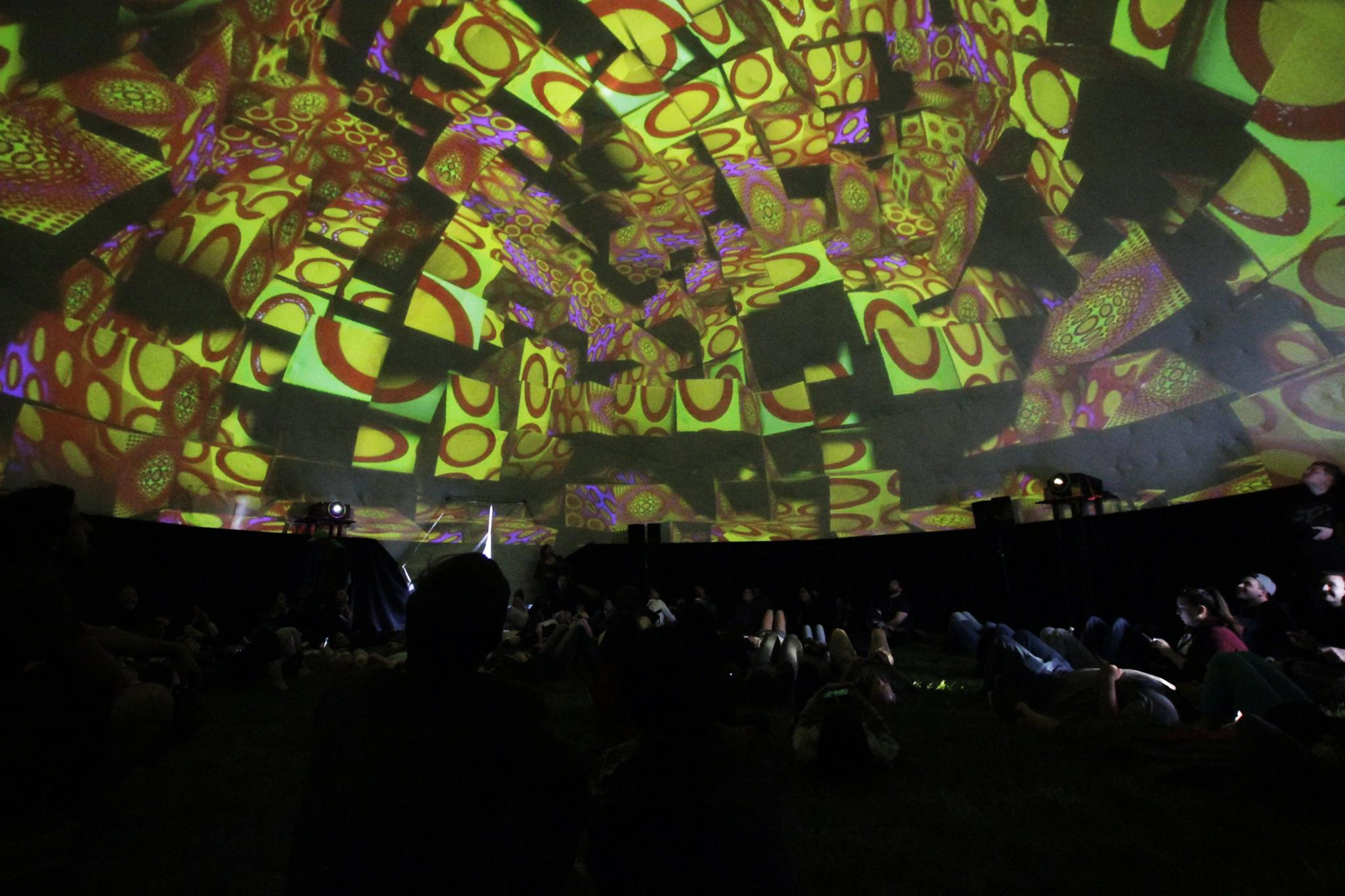About Parasitic light

What is parasitic light? The easy answer is any unwanted light which is added to the original image and radically decreases the contrast ratio. In fact, there are many different sources of parasitic light: from the outside (ambient lightning, exterior light leak, phone flash, EXIT signs, etc...), from the black level of the projectors and from the image itself, which we call auto-parasitic light or cross-bouncing. This phenomenon can be seen when the light emitted from the screen is reflected back on pale surfaces. With a flat screen, this problem is easy solved with dark walls, ceilings and furniture.
In a dome this is much more problematic since all the "walls" are white, the light of the image on the front of the dome will increase the black level of the rear and vice versa. It's hard to find information on the internet regarding this issue, so we created this tool in the hopes of helping the fulldome community to have a better understanding of how parasitic light will affect their productions - before seeing it in the dome!

